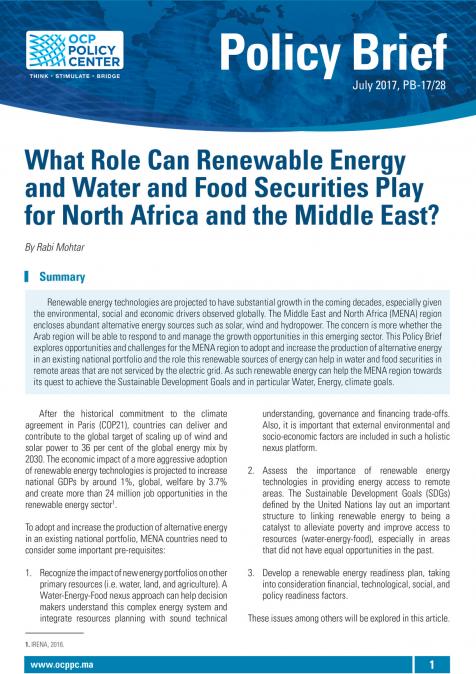Publications /
Policy Paper
Avec près d’une vingtaine de pays dotés de minerais de tout genre, l’Afrique renferme les plus grandes réserves en ressources naturelles dans le monde. Paradoxalement, le continent reste l’une des régions les moins développées et comptant des populations parmi les plus pauvres. Inégalité dans la distribution des richesses, convoitise des ressources du continent par des entreprises étrangères ainsi qu’un manque de transparence de la part des dirigeants africains, sont autant d’éléments qui plombent les économies africaines et qui témoignent d’un grave manque de gouvernance. De ce fait, la richesse en ressources naturelles a souvent été corrélée à une certaine malédiction dont seraient victimes les pays du continent dotés de ces ressources. Laquelle malédiction est associée à des régimes antidémocratiques, une corruption endémique ainsi qu’à des risques de tensions sociales et conflits violents. Il apparait nécessaire aujourd’hui d’œuvrer pour une amélioration de la gouvernance des ressources naturelles pour le développement du continent.












